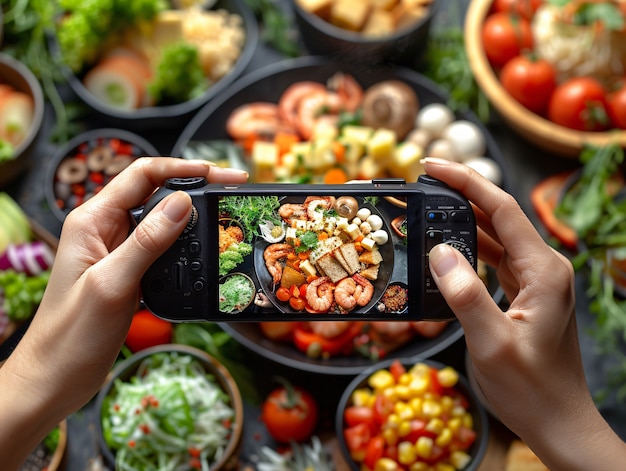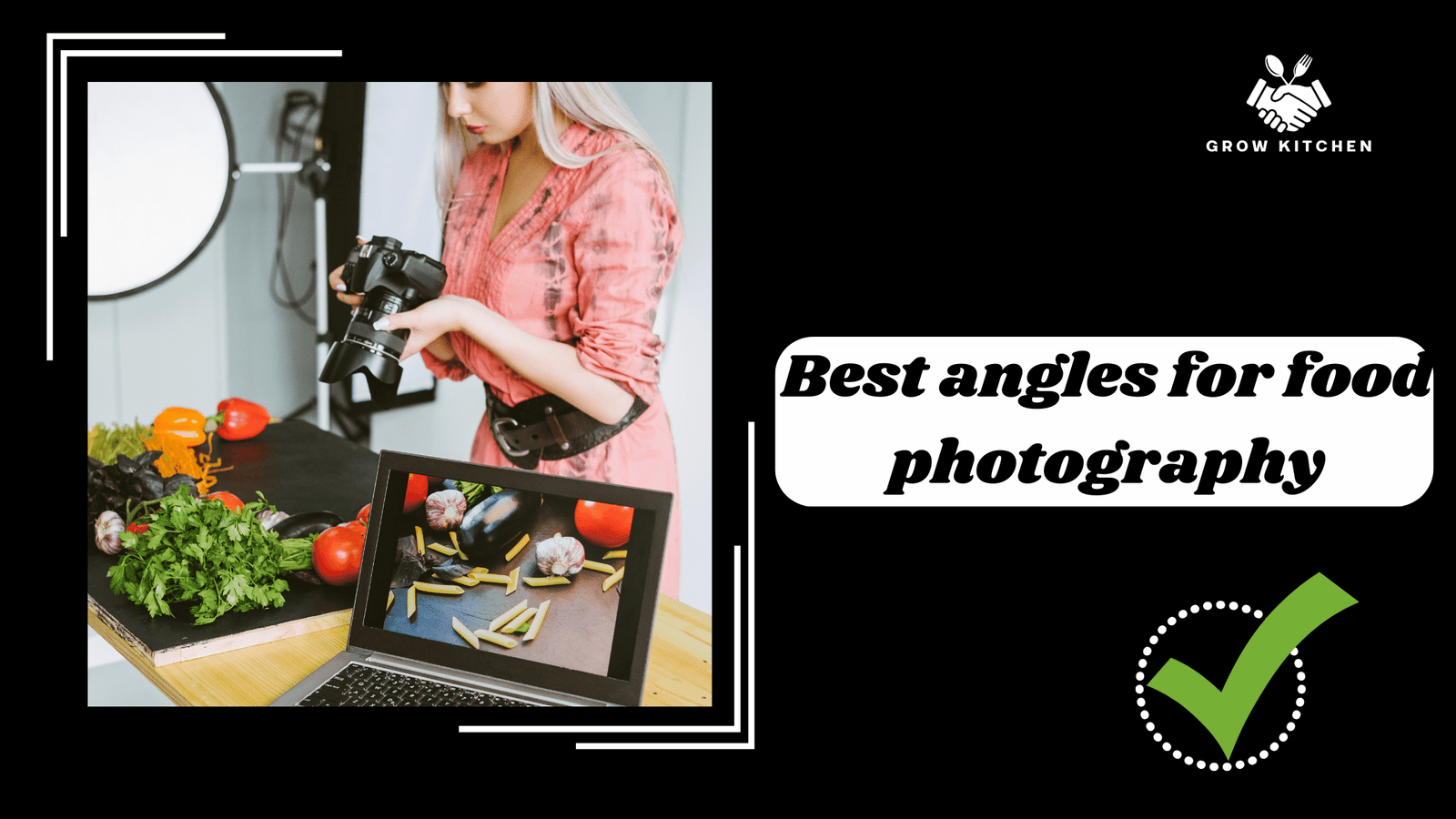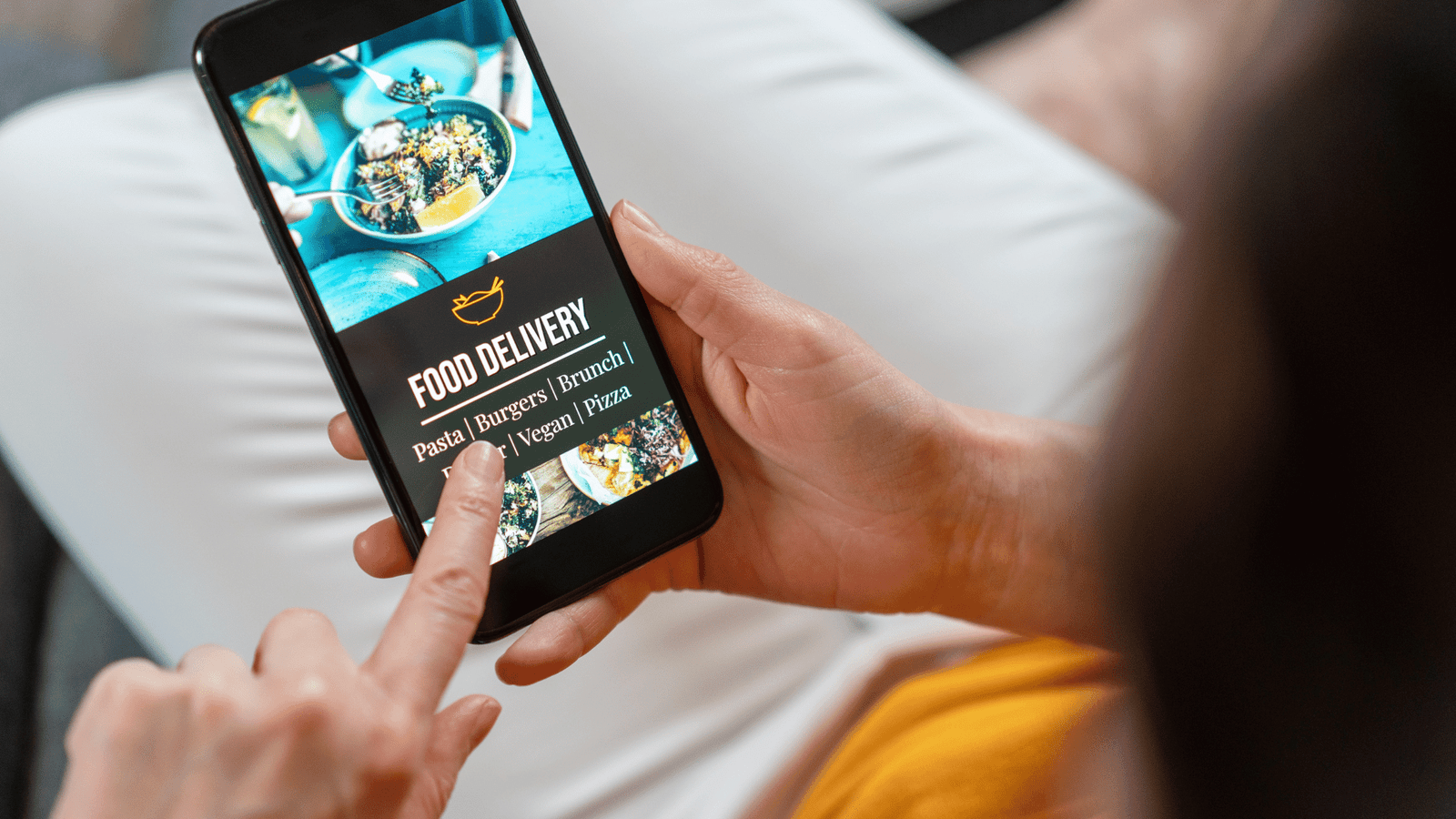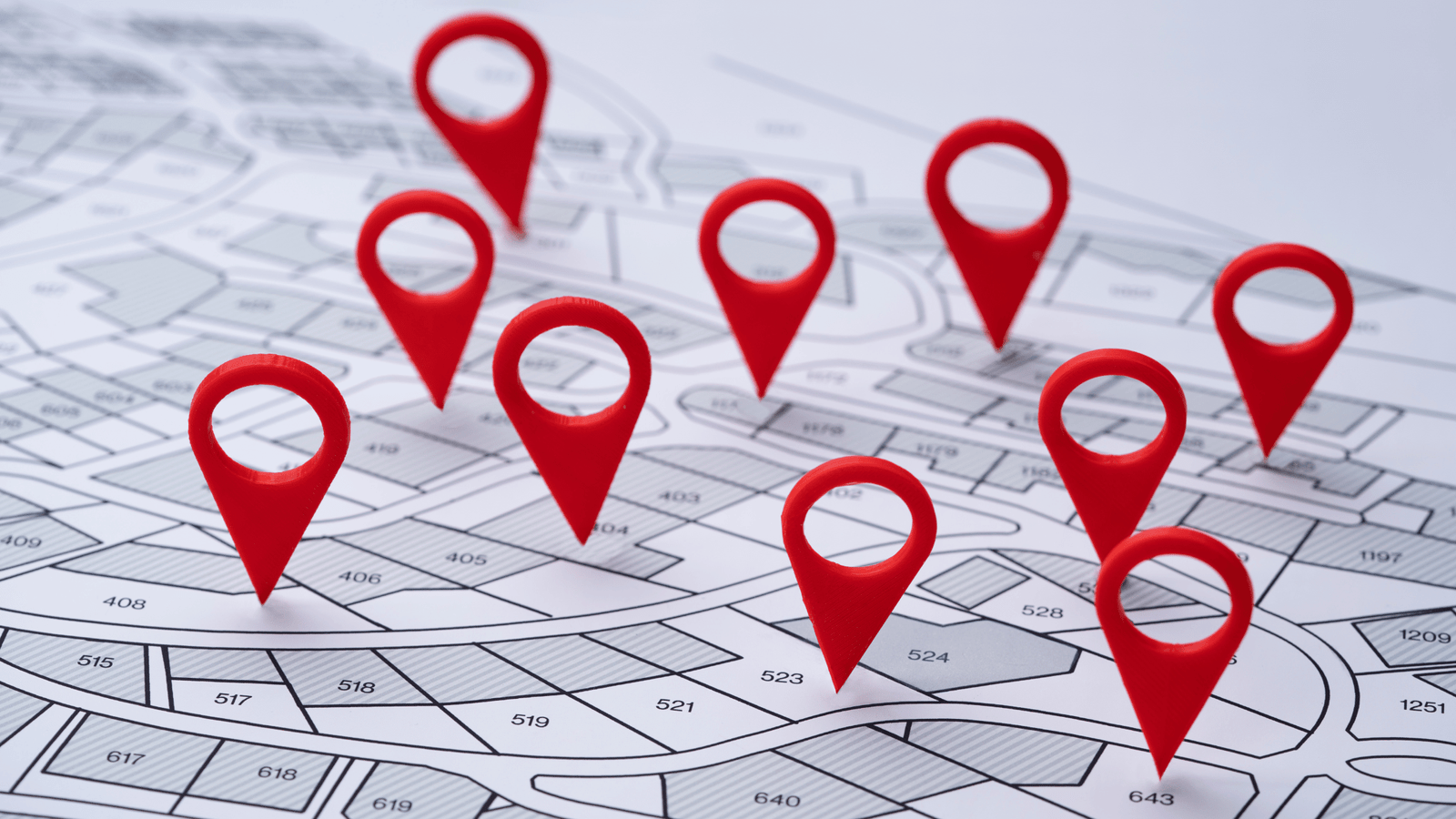In the realm of culinary delights, capturing the essence and allure of food through photography is an art form cherished by many. Whether you’re a professional food photographer or an amateur enthusiast, mastering the best angles for food photography can elevate your imagery to new heights, enticing viewers and igniting their senses. In this comprehensive guide, we delve into the intricacies of finding the perfect angles to capture mouthwatering shots that leave a lasting impression.
Understanding the Importance of Angles
The angle from which you photograph food can dramatically alter its appearance and appeal. Each angle offers a unique perspective, highlighting different aspects of the dish and evoking distinct emotions in the viewer. As such, selecting the optimal angle is crucial in conveying the desired message and eliciting the desired response.
Top-Down Shots: Showcasing Composition and Detail
Top-down shots, also known as flat lays, are a popular choice in food photography for their ability to showcase the composition and intricate details of the dish. By positioning the camera directly above the subject, you can capture the entire spread in all its glory, from the arrangement of ingredients to the texture of each element. This angle is ideal for highlighting the symmetry and color contrast of the dish, creating visually stunning images that draw the viewer in.
Eye-Level Perspective: Creating a Sense of Intimacy
For a more intimate and immersive experience, consider shooting from eye level with the food. This perspective allows you to establish a personal connection with the viewer, inviting them to imagine themselves sitting at the table and savoring the meal firsthand. By capturing the food at eye level, you can emphasize its depth and dimension, making it appear more tangible and enticing.

Read more : Creative Food Photography Ideas to Make Your Dishes Stand Out
Food Photography Essentials: Gear, Tips, and Tricks
45-Degree Angle: Adding Depth and Dimension
The 45-degree angle is a versatile choice that adds depth and dimension to your food photography. By positioning the camera slightly above the subject and tilting it downward, you can create dynamic compositions that emphasize the layers and textures of the dish. This angle is particularly effective for capturing dishes with height or stacked components, such as burgers, cakes, or layered desserts.

Practical Tips for Achieving Perfect Shots
Experiment with Different Perspectives
Don’t be afraid to experiment with different angles and perspectives to discover what works best for each dish. Take multiple shots from various vantage points and review the results to determine which angle showcases the food in its most flattering light.
Pay Attention to Lighting and Shadows
Lighting plays a crucial role in food photography, influencing the mood, tone, and overall aesthetic of the image. Opt for natural light whenever possible, as it tends to be more flattering and brings out the true colors of the food. Avoid harsh overhead lighting, which can create unappealing shadows and reflections.
Mind the Background
The background of your photo can either enhance or detract from the main subject. Choose a clean and uncluttered background that complements the colors and textures of the dish without overpowering it. Experiment with different surfaces, such as rustic wood, elegant marble, or simple white plates, to find the perfect backdrop for your food.
Incorporate Props and Garnishes
Props and garnishes can add visual interest and context to your food photography, helping to tell a story and evoke a specific mood or atmosphere. Experiment with props such as utensils, napkins, herbs, and spices to enhance the narrative and create a sense of authenticity.
Conclusion
In the realm of food photography, mastering the art of capturing the perfect angle is essential for creating captivating and visually stunning images that resonate with viewers. By understanding the nuances of different perspectives and experimenting with lighting, composition, and props, you can elevate your photography to new heights and leave a lasting impression on your audience.





